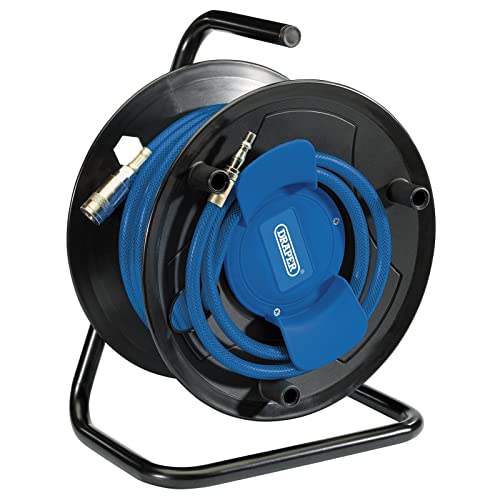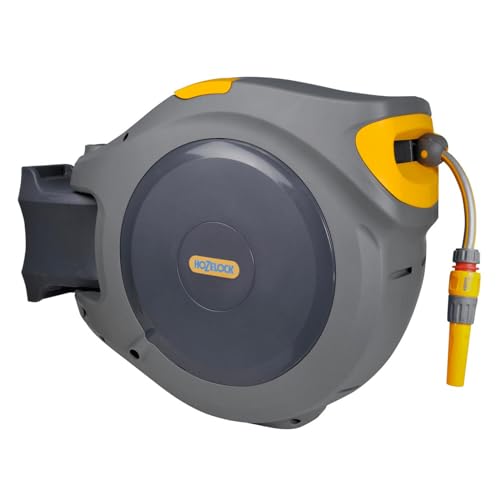Understanding the Basics: What is a 10000 Btu Air Conditioner?
What Does BTU Mean?
When shopping for air conditioners, you might often see the term BTU, which stands for British Thermal Unit. This unit measures the amount of heat an air conditioner can remove from a room in one hour. A 10000 BTU air conditioner can effectively cool a space of about 400 to 450 square feet. Imagine this: if you have a living room or a small apartment that needs a cooling boost during hot summer days, a unit of this capacity can create a comfortable environment.
Why Choose 10000 BTU?
Choosing a 10000 BTU air conditioner is a great option for medium-sized rooms. If you envision spending weekends entertaining friends or simply seeking relief from heat while reading on your couch, this model strikes a balance between power and efficiency. It’s not overly powerful, which means it won’t waste energy, yet it provides ample cooling to maintain a pleasant atmosphere.
How to Choose the Right 10000 Btu Air Conditioner for Your Space
Assess Your Room Size
Before making a purchase, let’s consider the size of the room where you plan to install the air conditioner. Measure the room’s dimensions and calculate the total square footage. This way, you’ll ensure that a 10000 BTU unit is actually a good fit. For instance, if you have a 400 square foot room, this model will provide the right amount of cooling. If your space is significantly larger, you might need to explore more powerful options.
Consider Your Climate
Your local climate plays a crucial role in choosing the right air conditioner. If you live in a particularly hot area, you might want to ensure that you have a unit that not only has 10000 BTU but also features high energy efficiency. This helps manage energy consumption while keeping your room cool even during the hottest days.
Key Features to Consider for Optimal Cooling
Energy Efficiency Rating (EER)
When selecting a 10000 BTU air conditioner, take note of its Energy Efficiency Rating or EER. A higher rating means less energy consumption for the same cooling output. Imagine slashing your electricity bills while enjoying a consistently cool space—this is what an efficient model can offer. Most models will have the EER label displayed, so keep an eye out for those with numbers of 11 or higher.
Noise Levels
Nobody wants a disruptive noise while trying to relax or focus. Therefore, consider the noise levels of the model you’re eyeing. A 10000 BTU air conditioner should ideally operate below 60 decibels, similar to the sound of a normal conversation. A quiet air conditioner can make a significant difference in your comfort, allowing you to enjoy cool air without any annoying background noise.
Installation and Maintenance Tips for Your 10000 Btu Air Conditioner
Proper Installation Positioning
For maximum cooling efficiency, position your air conditioner where it can circulate air effectively. Often this means placing it in a central location or where air can flow freely to the rest of the room. Also, consider avoiding direct sunlight as much as possible, as this can impact the unit’s performance. We recommend ensuring that the area around the compressor is clear for optimal air intake.
Regular Filter Cleaning
Maintaining your air conditioner involves simple yet crucial tasks. One of these is regularly cleaning or replacing the air filters, typically every month or so depending on usage. A clean filter will ensure that your unit runs efficiently, creating fresh air throughout your space and elongating its lifespan.
Maximising Efficiency: Smart Usage Tips for Your Air Conditioner
Use a Programmable Thermostat
In order to maximise efficiency, consider using a programmable thermostat. This way, you can easily set the air conditioner to cool the room only when you’re home, helping save energy and money. Picture coming home to a perfectly chilled room, without wasting energy while you’re out.
Close Windows and Doors
Before turning on your air conditioner, double-check that all windows and doors are closed. Sealing any drafts will allow your air conditioning unit to work more effectively, keeping the cool air in and the warm air out. It’s a simple step, but it can significantly improve the cooling power and efficiency of your unit.










